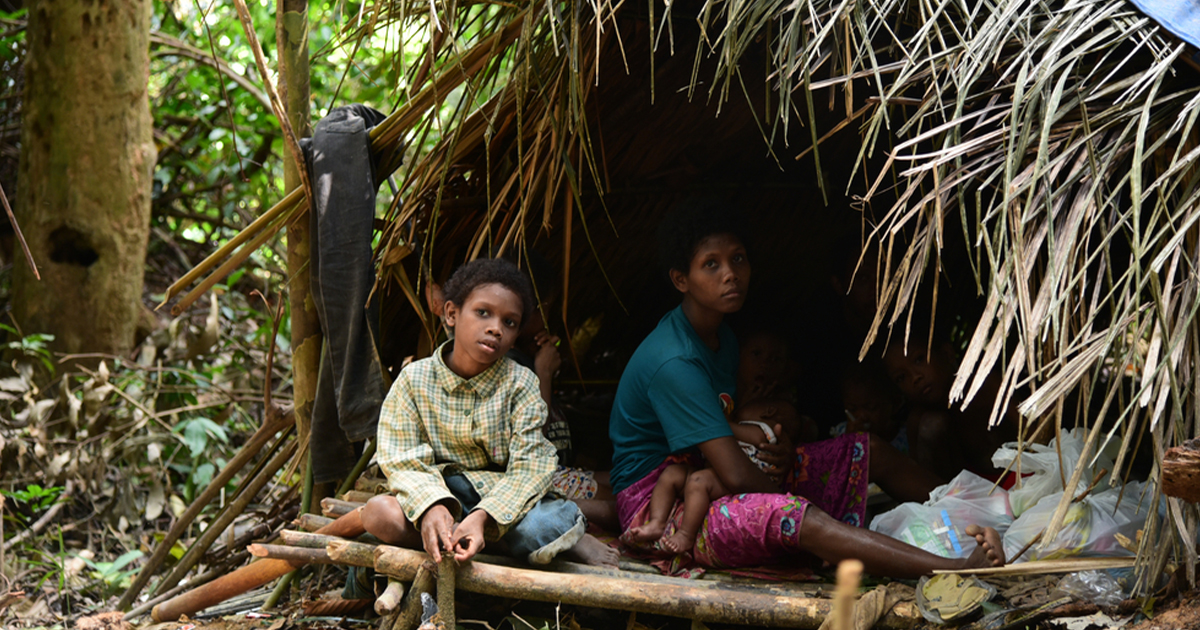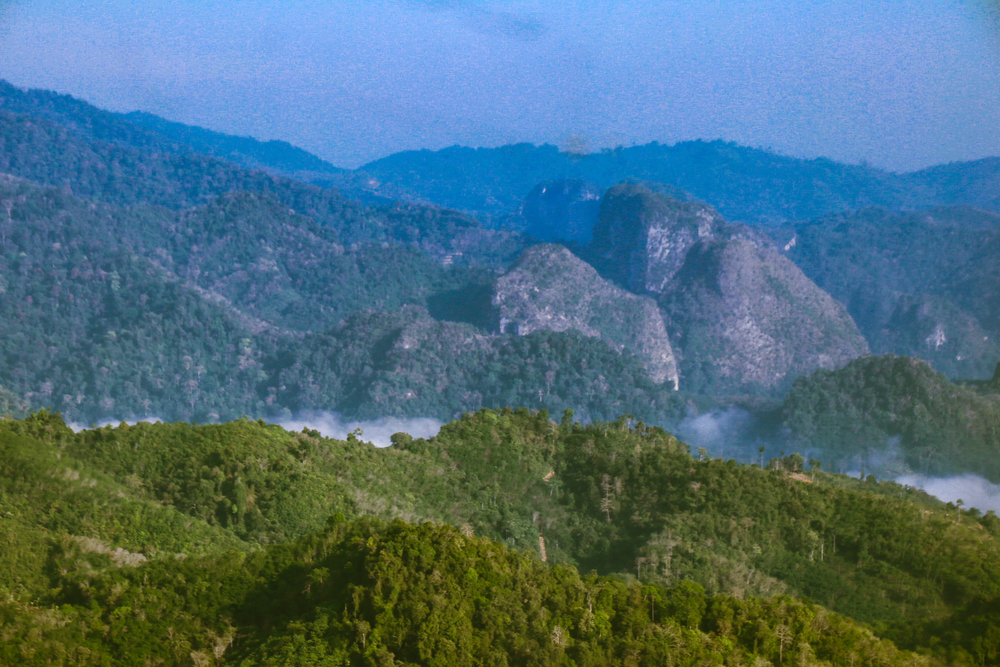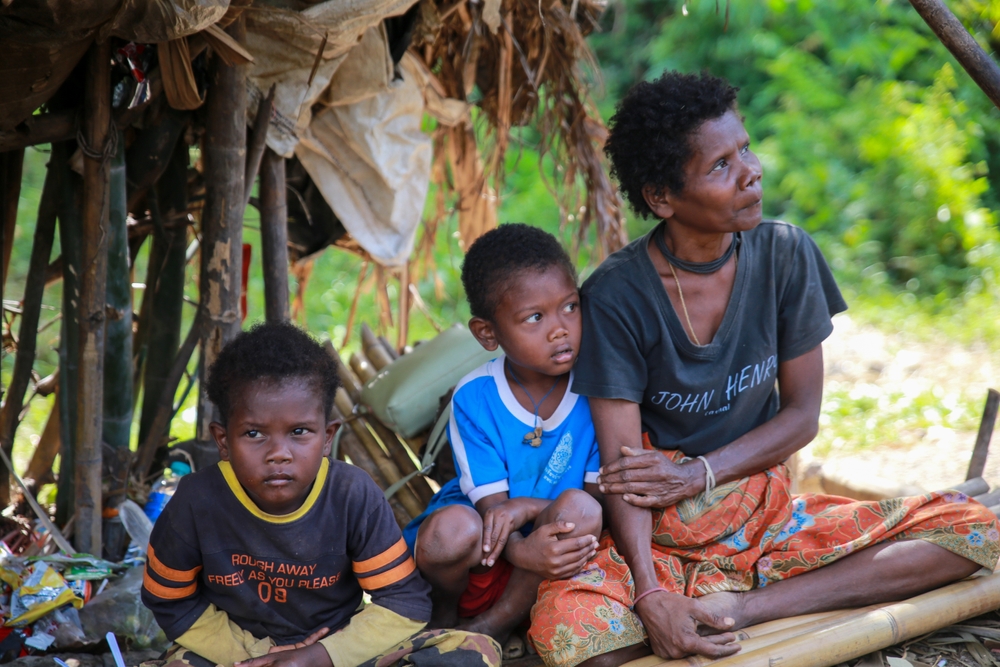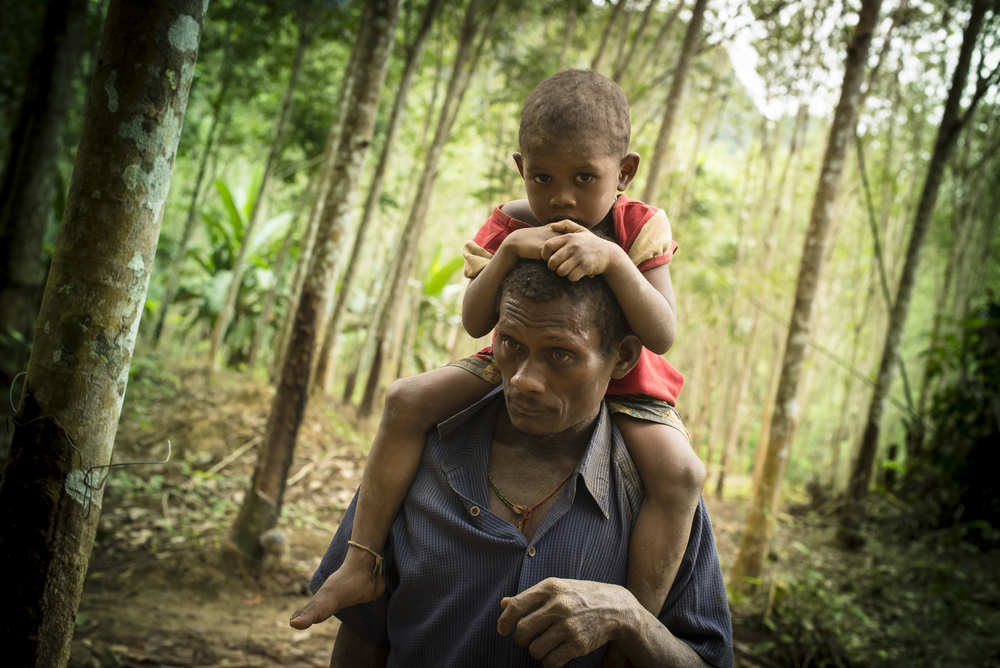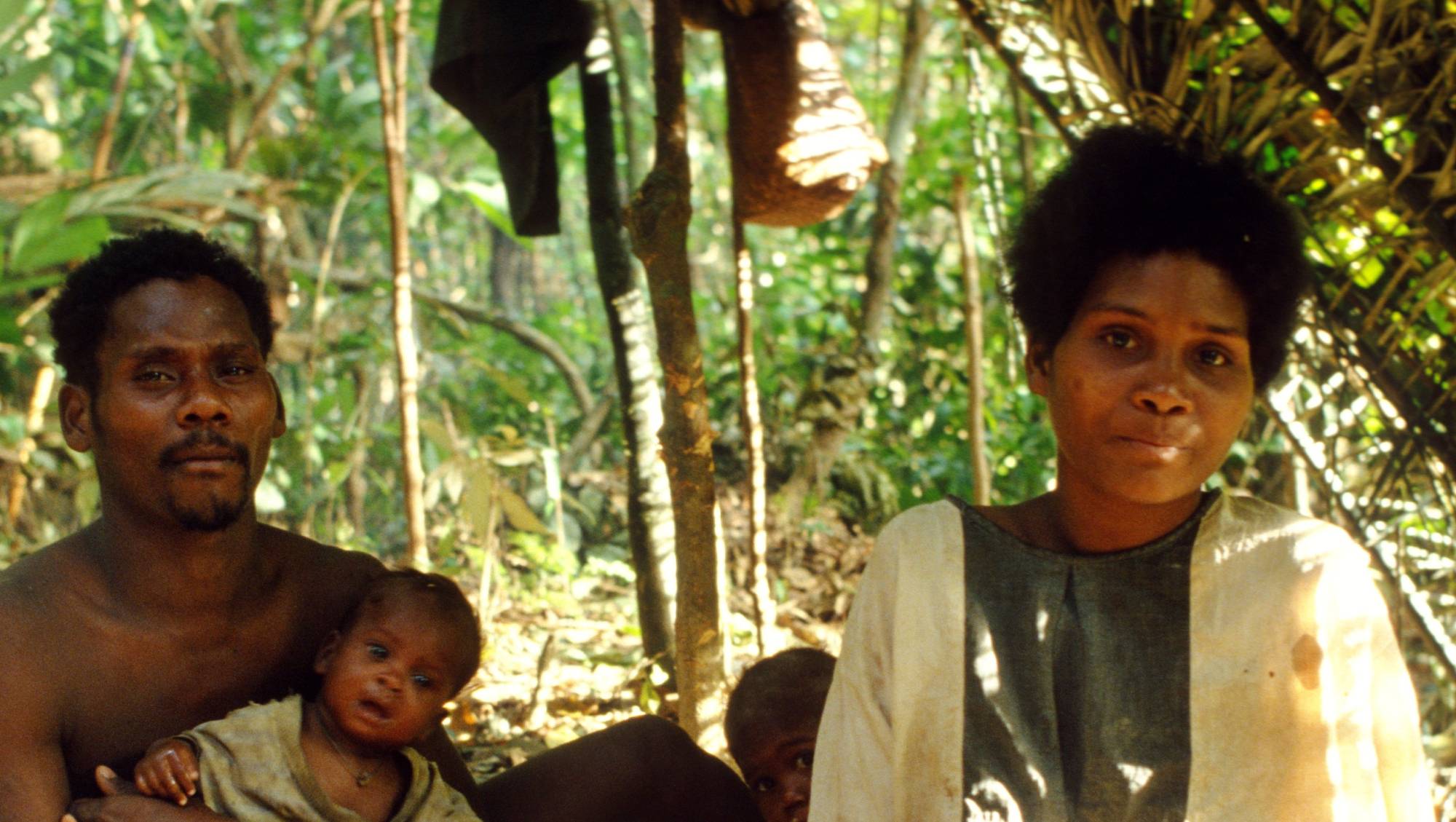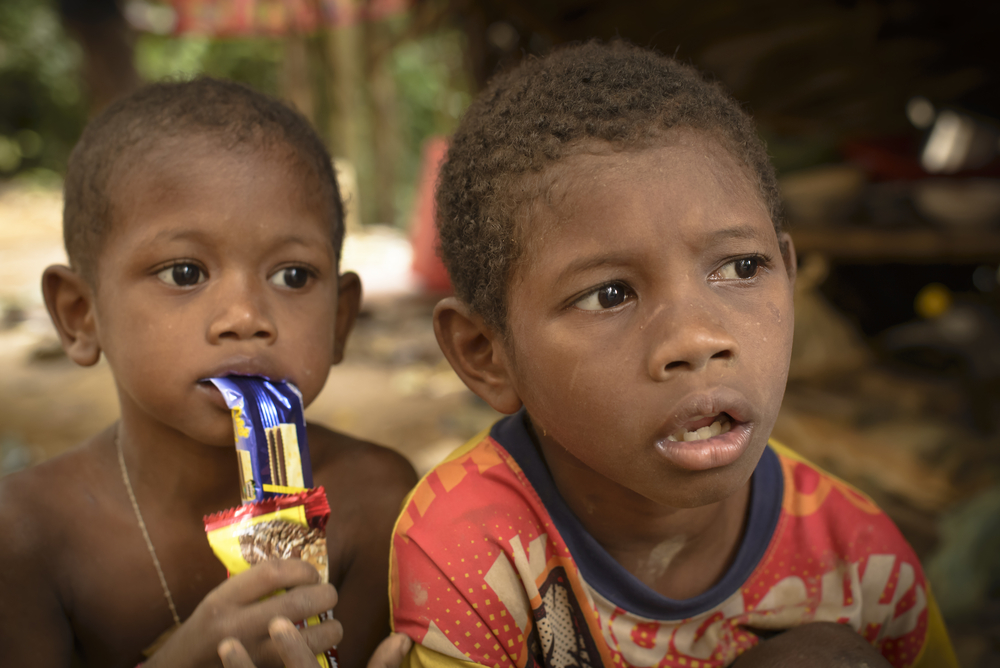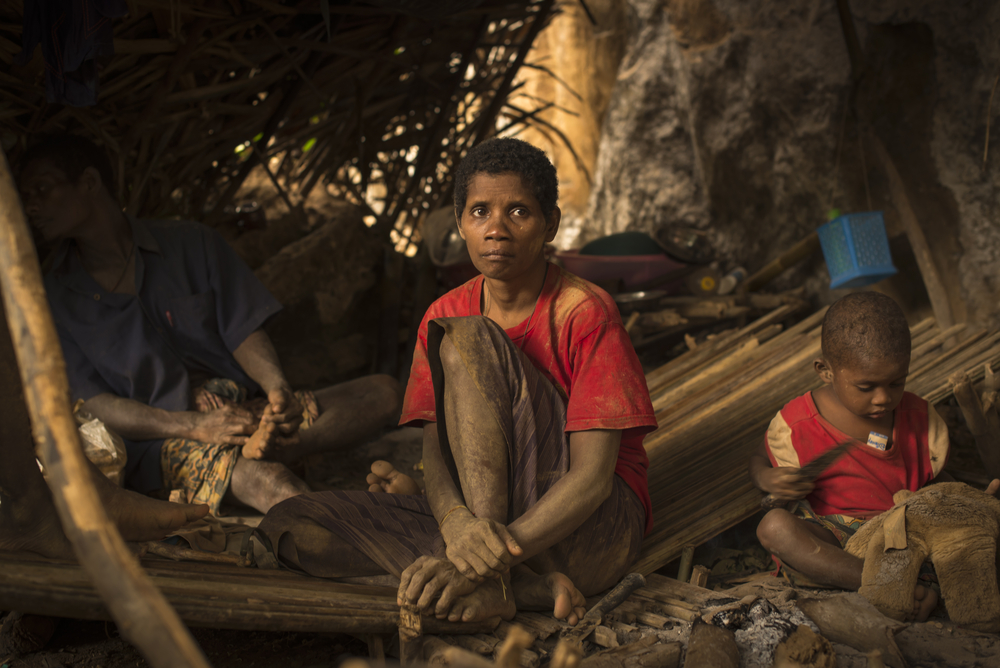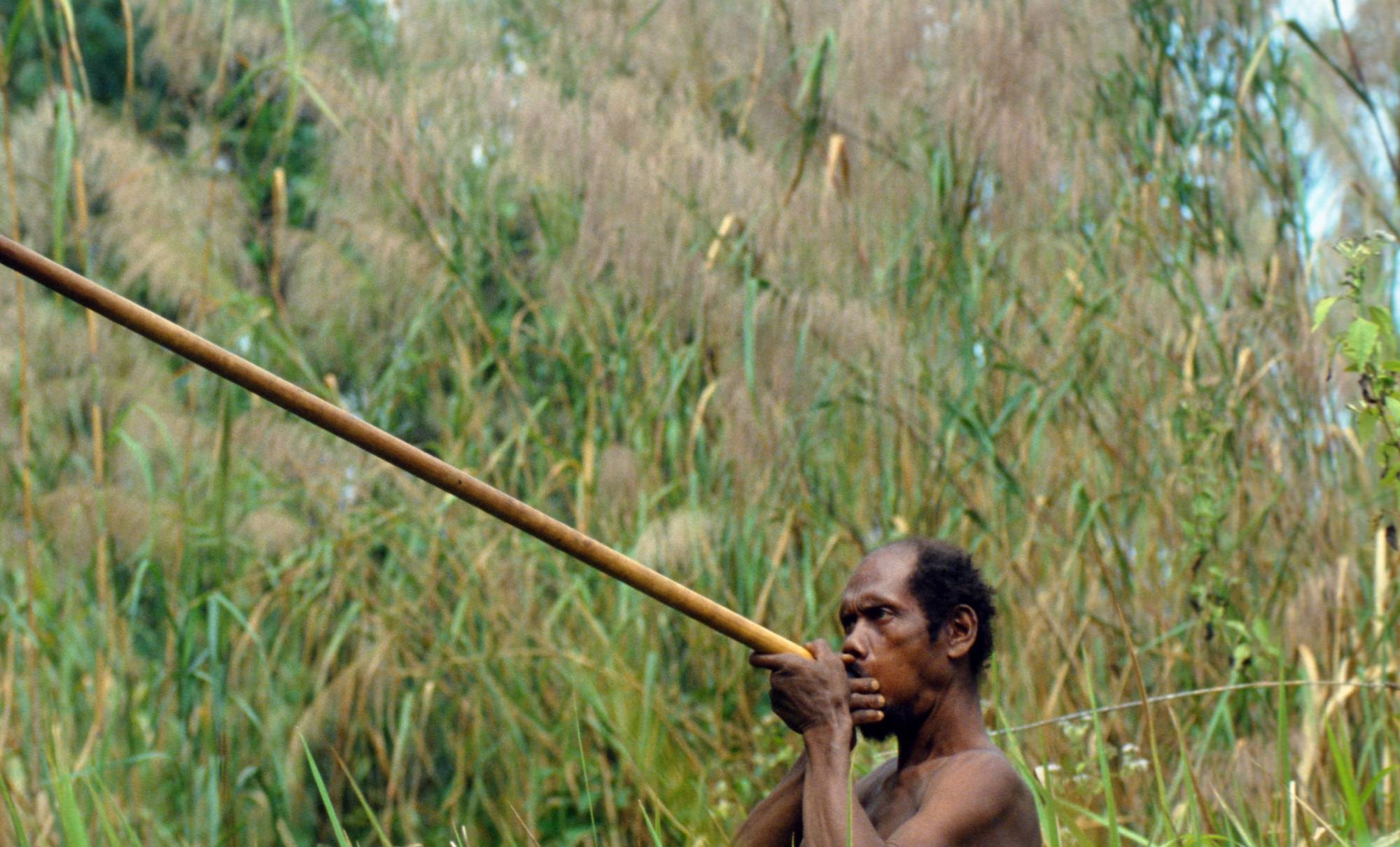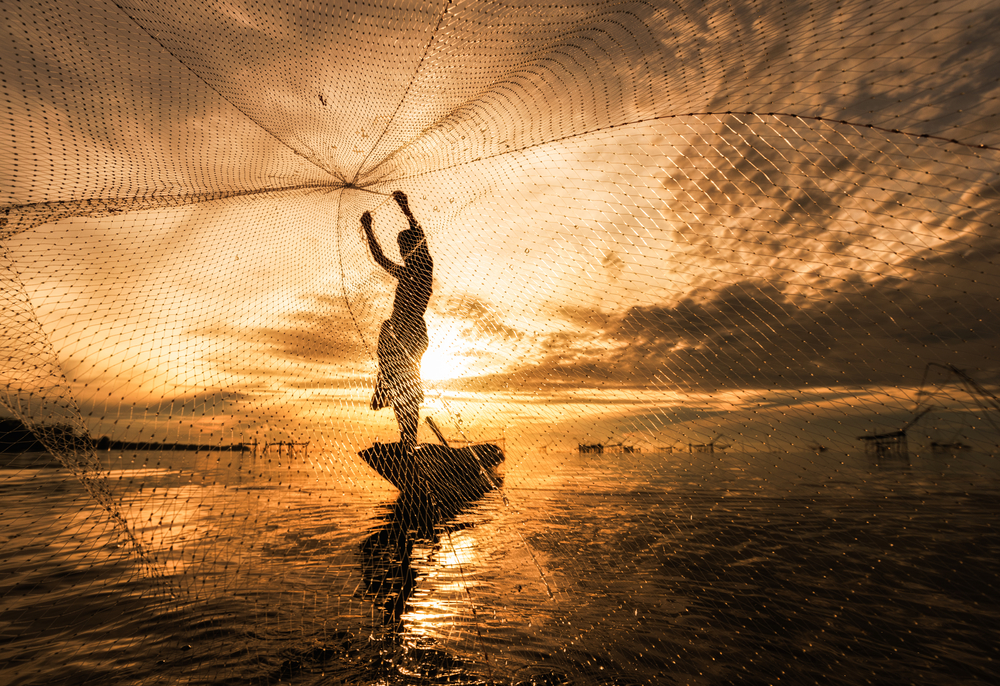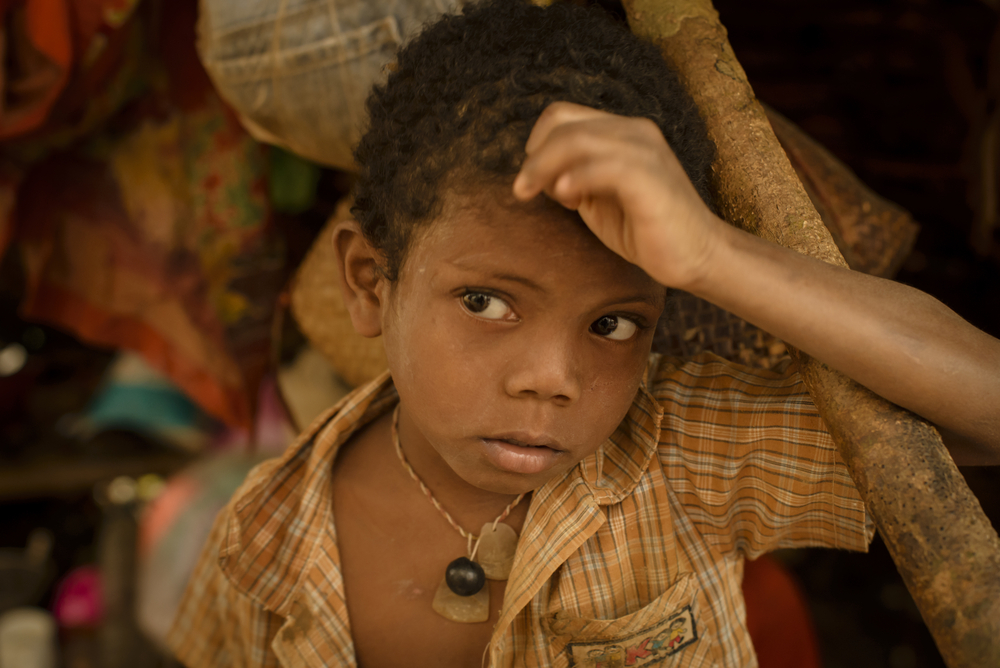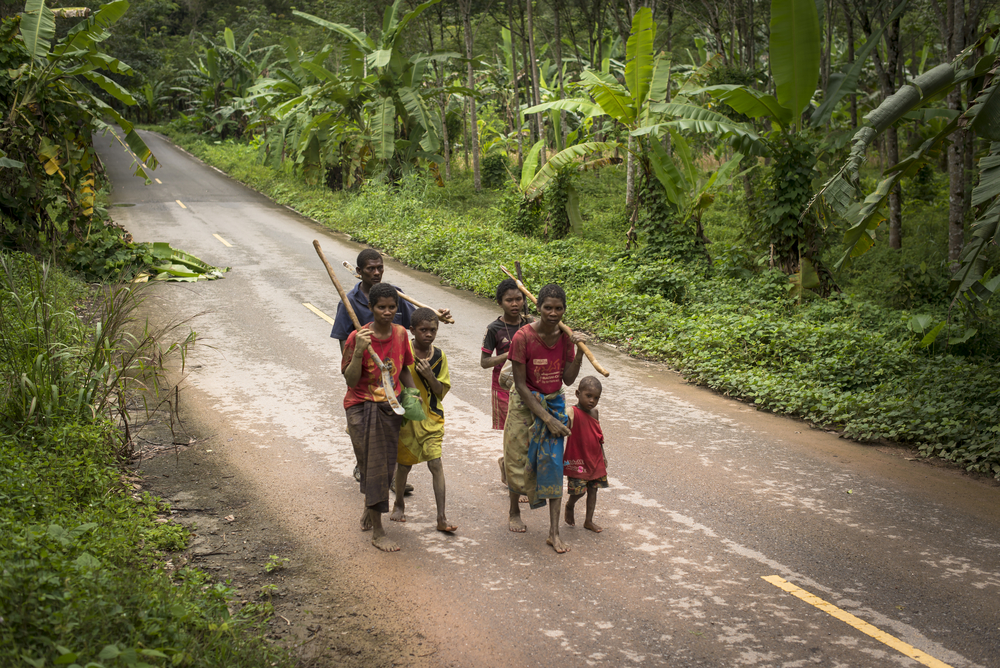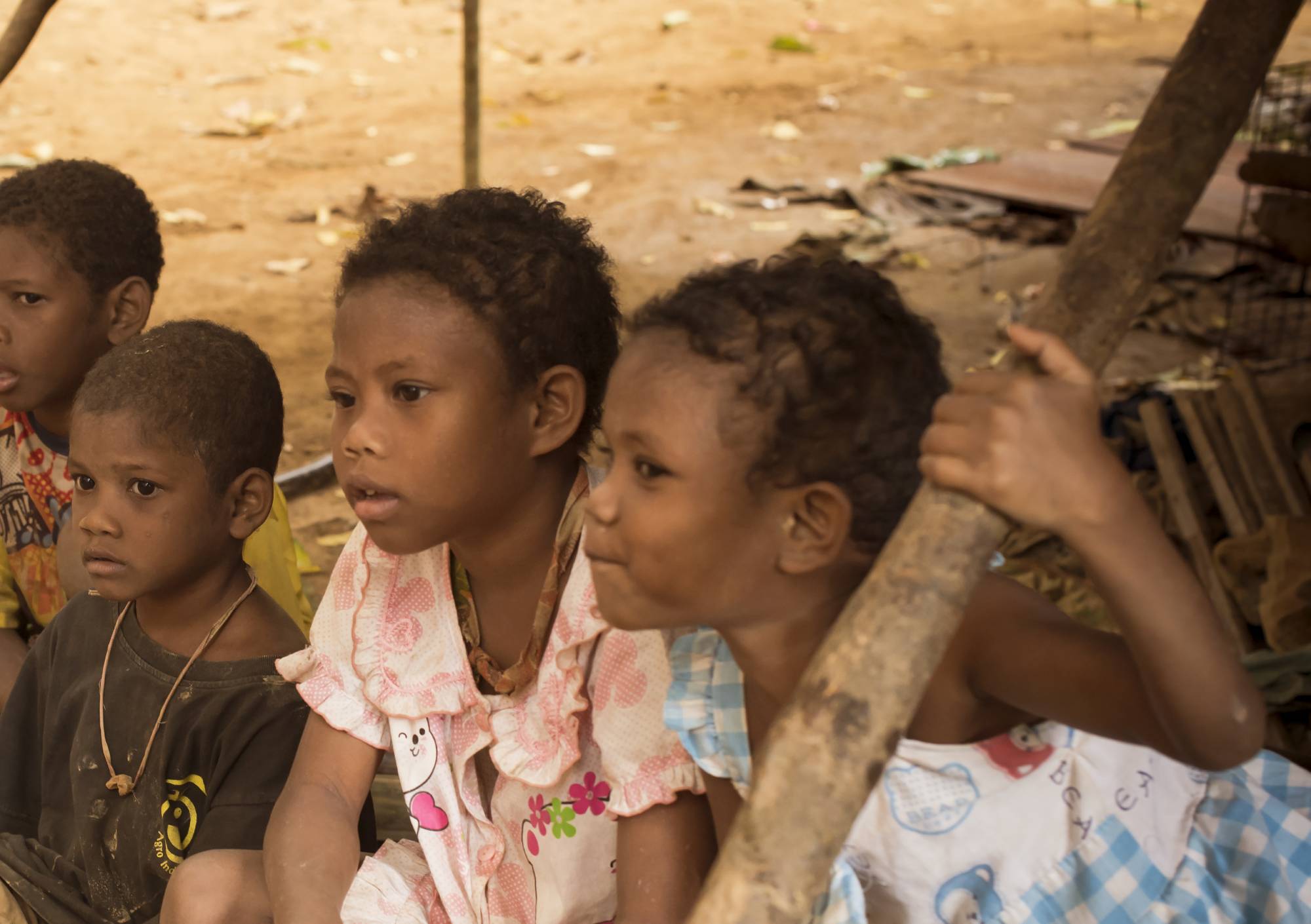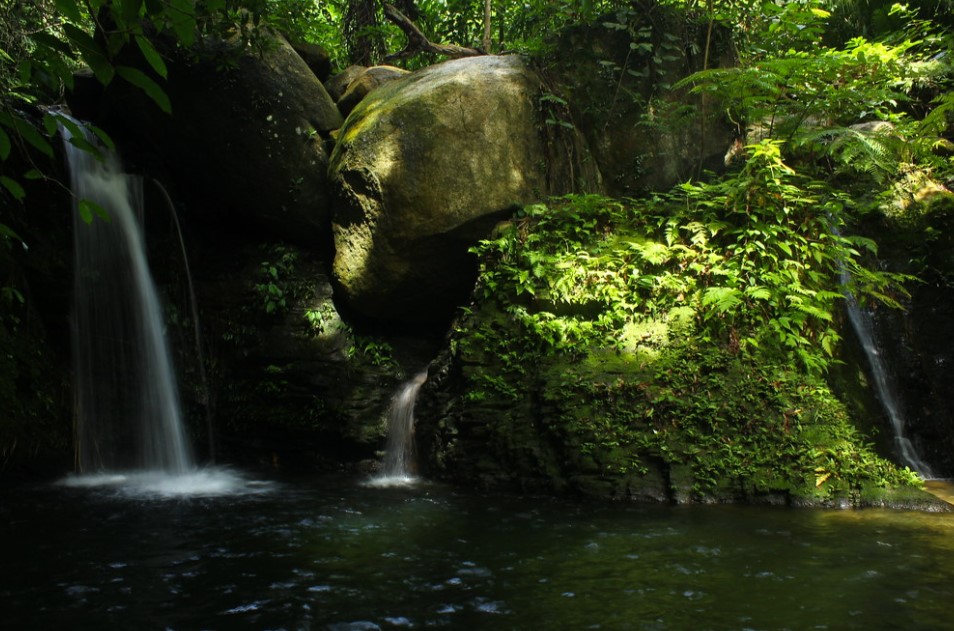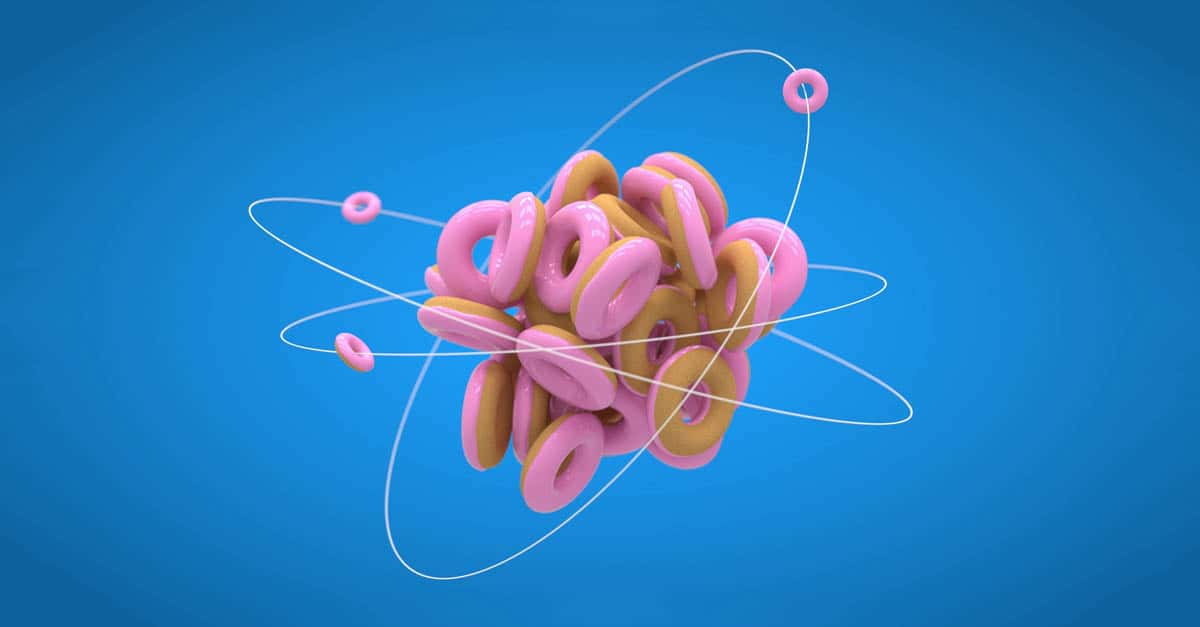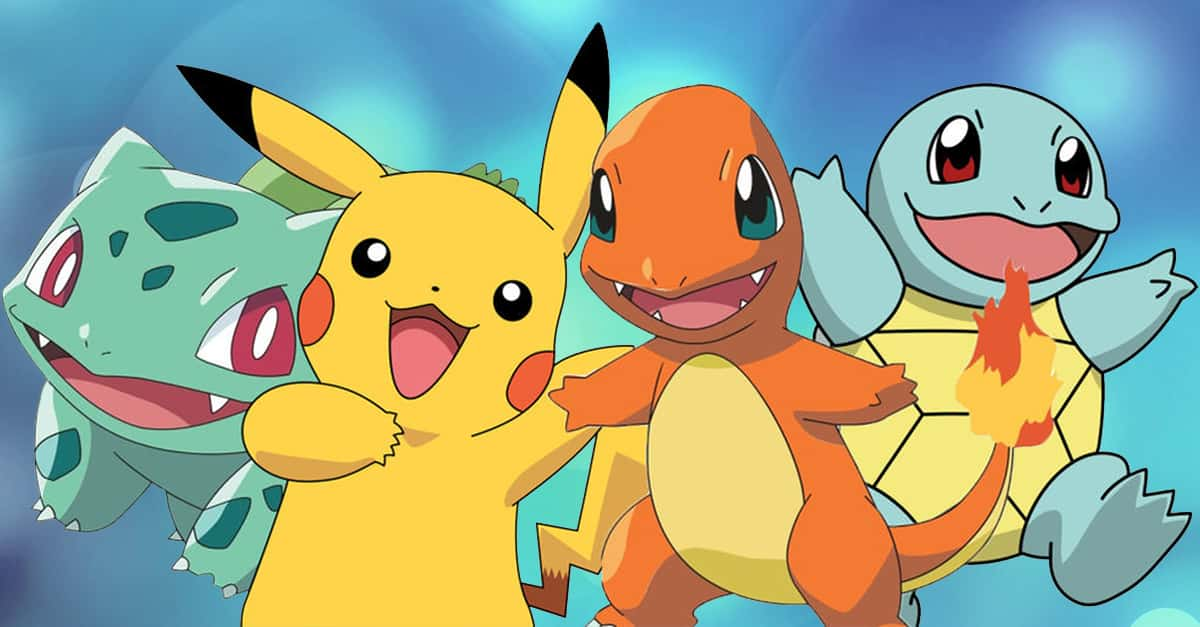The Forest Dwellers of Thailand
Deep in the mountainous forests of Thailand lives an isolated indigenous tribe that call themselves Mani.
This elusive group has lived off the land for thousands of years, actively avoiding colonization. But now they are being exploited by tourist groups and are dangerously close to extinction.
This is their story.
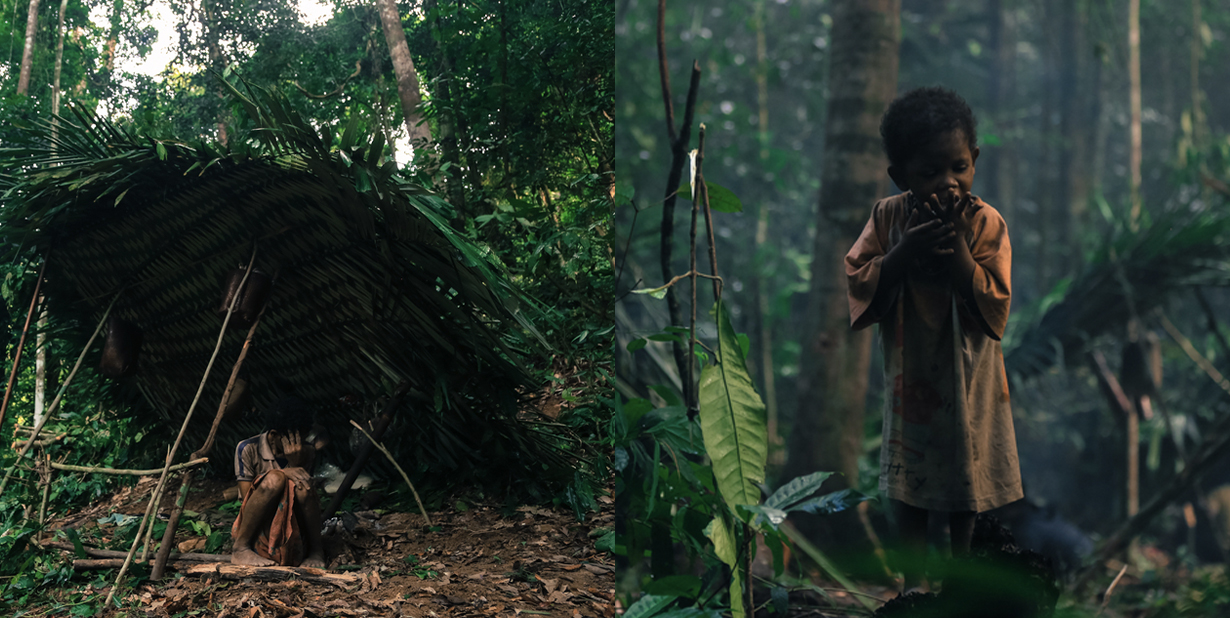
Who are they?
There are 30+ diverse ethnic groups who inhabit isolated parts of Southeastern Asia and the Andaman Islands, and they are referred to as Negrito—which means “little black people.”
The Mani people are the only Negrito group in Thailand.
 Suphapong Eiamvorasombat, Shutterstock
Suphapong Eiamvorasombat, Shutterstock
Where are they located?
The Mani live in the forest of the Banthad Mountains along the watershed between the southern provinces of Phatthalung, Trang, and Satun.
What other names do they go by?
The Mani people are formerly known as the Maniq people, but they refer to themselves as Mani.
 Suphapong Eiamvorasombat, Shutterstock
Suphapong Eiamvorasombat, Shutterstock
What are they known as?
In Thailand, they are widely known as the Sakai—however, this term is a controversial derogatory term meaning “barbarism,” or “slave.”
They are also often referred to as the “sub-dominant forest peoples.”
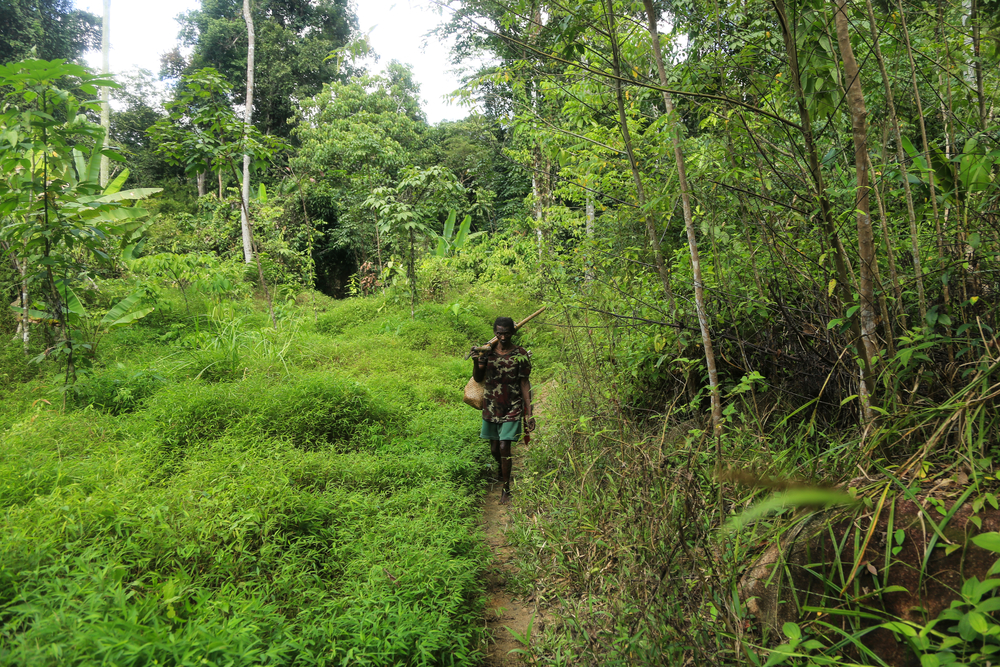 Suphapong Eiamvorasombat, Shutterstock
Suphapong Eiamvorasombat, Shutterstock
What language do they speak?
The Mani people speak a variety of related Aslian languages, primarily Kensiu and Ten'edn, which do not have standard writing systems.
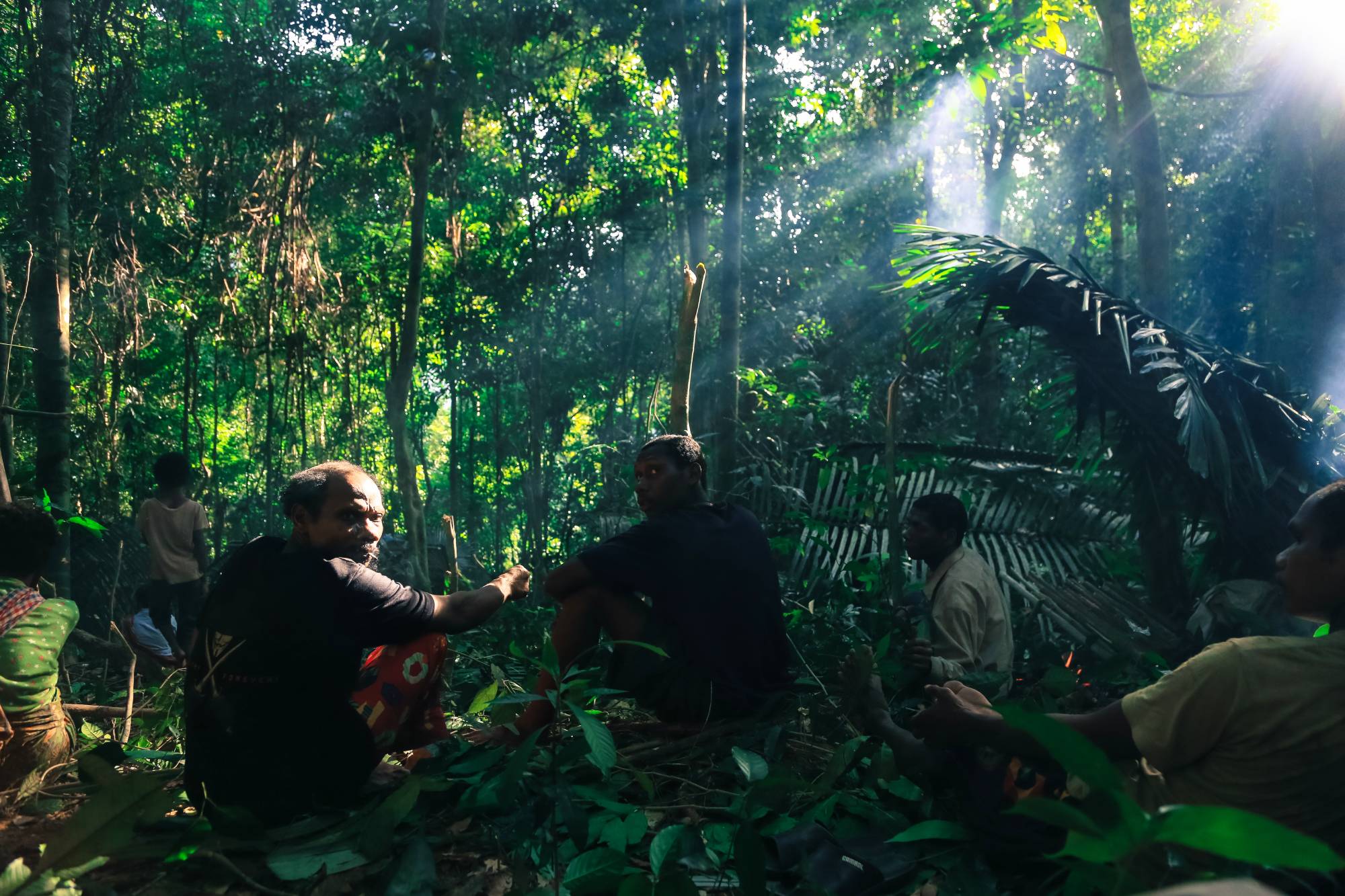 Suphapong Eiamvorasombat, Shutterstock
Suphapong Eiamvorasombat, Shutterstock
What do they look like?
The Mani people closely resemble the other Negrito peoples, with dark skin, broad noses and curly hair.
Anthropologists believe that such peoples are descendants of one of the earliest waves of humans that migrated out of Africa.
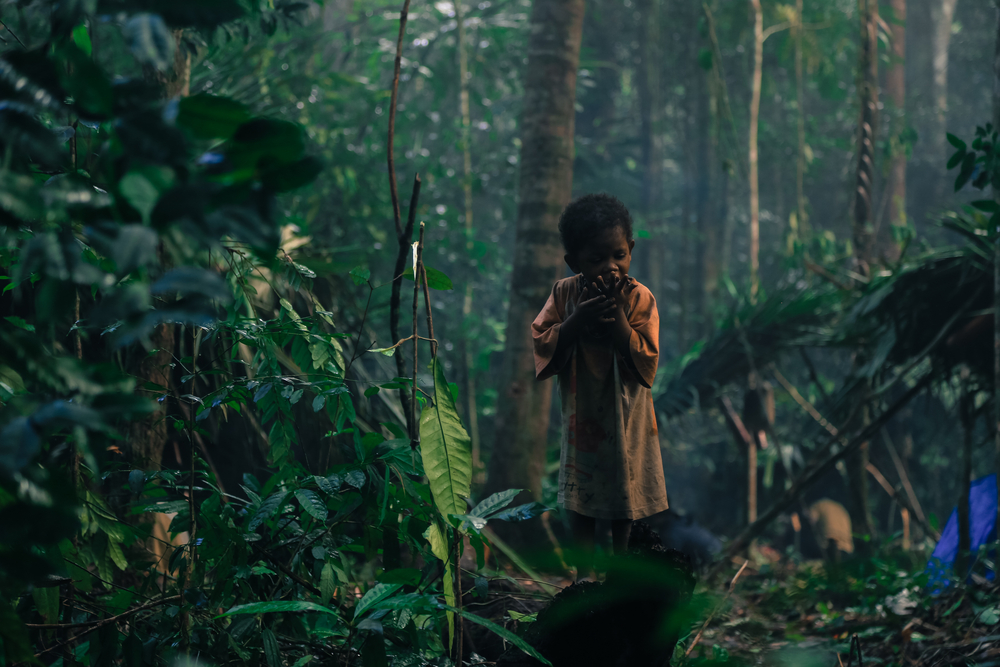 Suphapong Eiamvorasombat, Shutterstock
Suphapong Eiamvorasombat, Shutterstock
Are they a minority?
Because the Mani people speak a different language and have different physical features than most Thai people, they consider themselves (and are perceived as) a minority group.
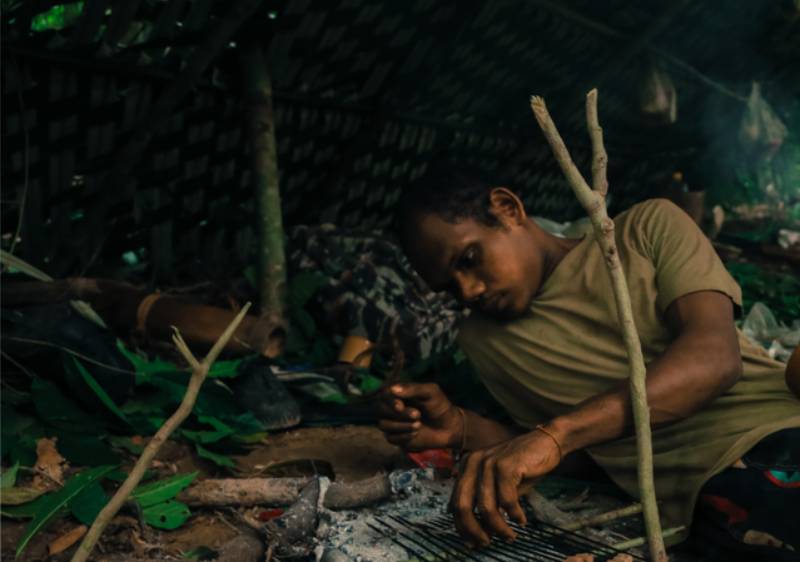 Suphapong Eiamvorasombat, Shutterstock
Suphapong Eiamvorasombat, Shutterstock
How big is their group?
The total population of the Mani is about 300 people. However, they are divided into several different clans.
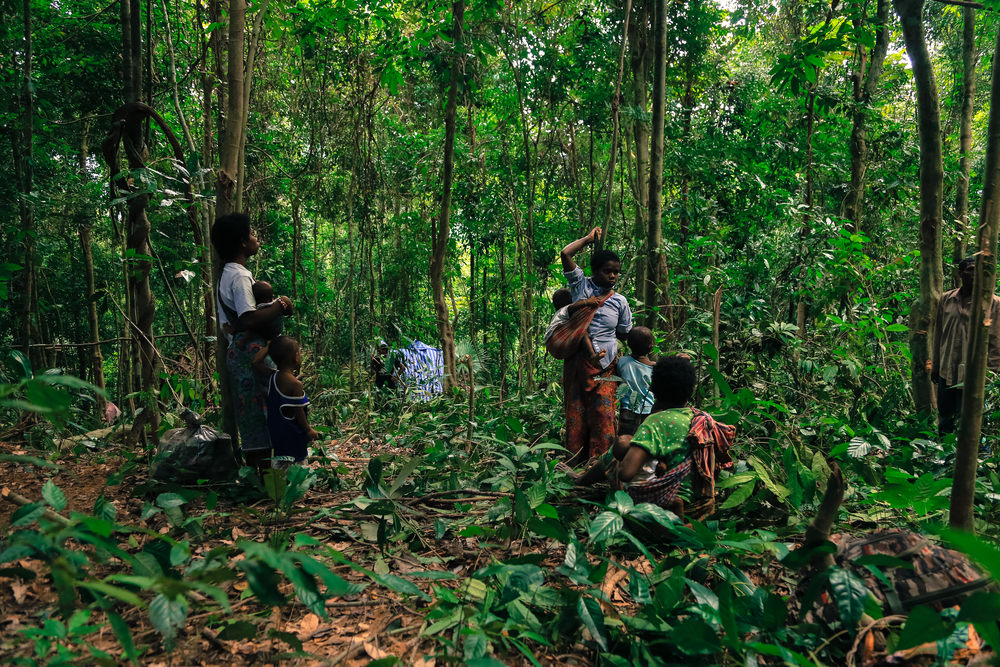 Suphapong Eiamvorasombat, Shutterstock
Suphapong Eiamvorasombat, Shutterstock
How are their clans made up?
They live in groups known as “bands,” which are made up of several families and usually comprise between 15 and 30 people. Typical bands consist of parents, their children, and other close relatives.
Where do they live?
The Mani people do not live in urbanized settings like most of society, they live off the land, in the forest. They are a semi-nomadic group—moving their settlement as their needs change.
 Suphapong Eiamvorasombat, Shutterstock
Suphapong Eiamvorasombat, Shutterstock
What is their village like?
Each family has their own hut, which is called an ayah. The huts are built in a circle, all facing inwards to form a circular village center.
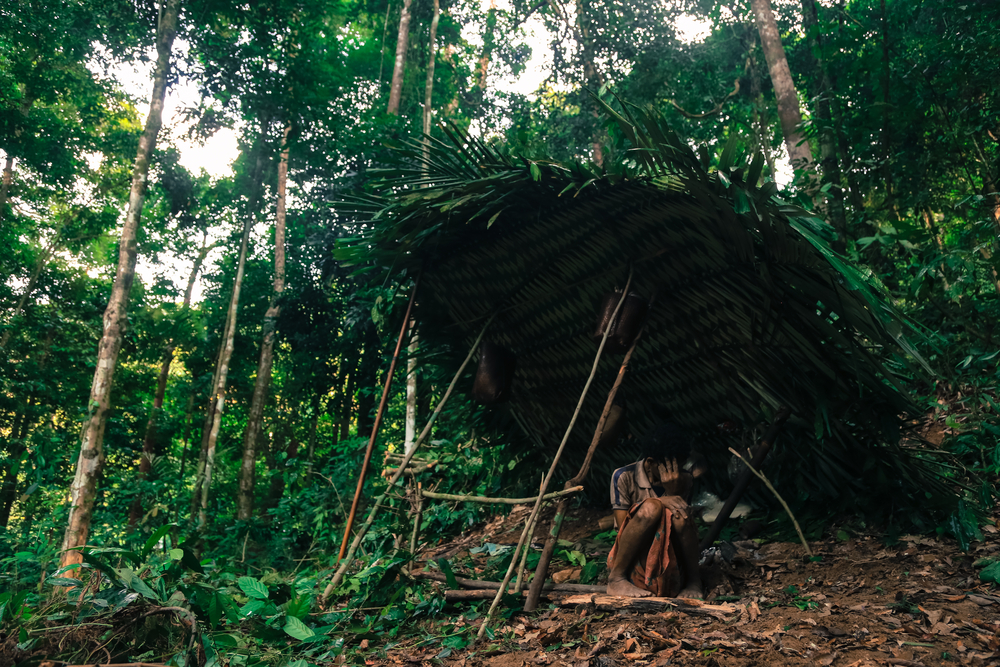 Suphapong Eiamvorasombat, Shutterstock
Suphapong Eiamvorasombat, Shutterstock
What are their huts made from?
Their huts are made of bamboo with roofs made of banana leaves. Most don’t have full walls, and are only large enough to cover their beds.
 Suphapong Eiamvorasombat, Shutterstock
Suphapong Eiamvorasombat, Shutterstock
What are their beds made from?
The Mani make their beds out of bamboo. They tie them together using forest rope, and angle the platform in a slight V-shape so that their head and feet are elevated.
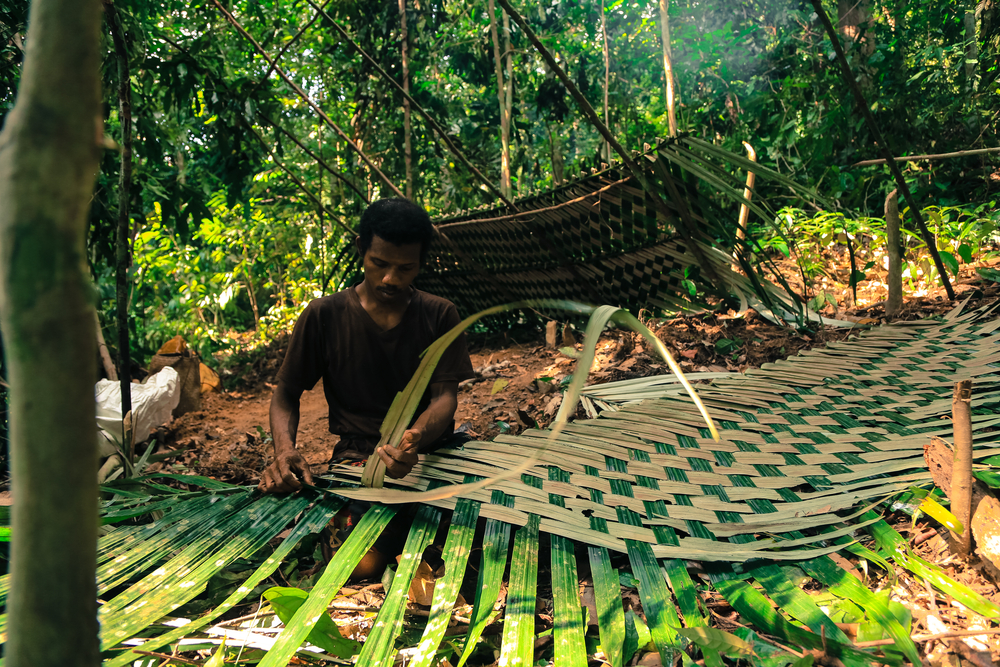 Suphapong Eiamvorasombat, Shutterstock
Suphapong Eiamvorasombat, Shutterstock
What do they wear?
The Mani people of today typically wear modern clothing as they acquire it through trade and tourism. Some of them, however, still make traditional clothing out of leaves and forest ropes.
 Suphapong Eiamvorasombat, Shutterstock
Suphapong Eiamvorasombat, Shutterstock
What do they trade?
The Mani people have been involved in the regional trade in forest products for millennia. They supply local markets with products such as rattan which they would trade for shop-bought goods.
They also trade herbs, medicines and aphrodisiacs from the forest.
 Suphapong Eiamvorasombat, Shutterstock
Suphapong Eiamvorasombat, Shutterstock
What kinds of goods to they acquire from trade?
They typically get their clothing, tools (axes, blades, shovels) and cooking pots through trade. Everything else they need is made from forest materials.
 Suwannee Ngoenklan, Shutterstock
Suwannee Ngoenklan, Shutterstock
What do they believe in?
The Mani have a basic belief system. Traditionally, they bury their fallen and then abandon their settlement to “avoid ghosts.” They also believe their loved ones “go to the rainbow” upon passing, which is why the rainbow is said to have so many colors.
What is their healthcare like?
The Mani people practice traditional herbal remedies, and health preserving rituals. They have declined public health checks in fear of their blood being taken.
Do they go to school?
Traditionally, no. They were taught by their elders and were literate in their own language. However, some younger Mani have since attended small village schools, but parents expressed a reluctance as they believe they will be exposed to discrimination.
They claim their children do not come home happy from village schools, and their language is being lost among the younger generations.
What are marriages like?
The Mani people are free to choose their own spouse, though they do seek the approval of their parents once they have chosen. There is no ritual or formal wedding, they simply announce their intentions and then set up home together.
Who is in charge?
Each band has a leader—but they remain very relaxed and inclusive of everyone’s opinions and suggestions. Almost everything that needs to be discussed is done so as a group and everyone contributes.
There is minimal conflict within the Mani community.
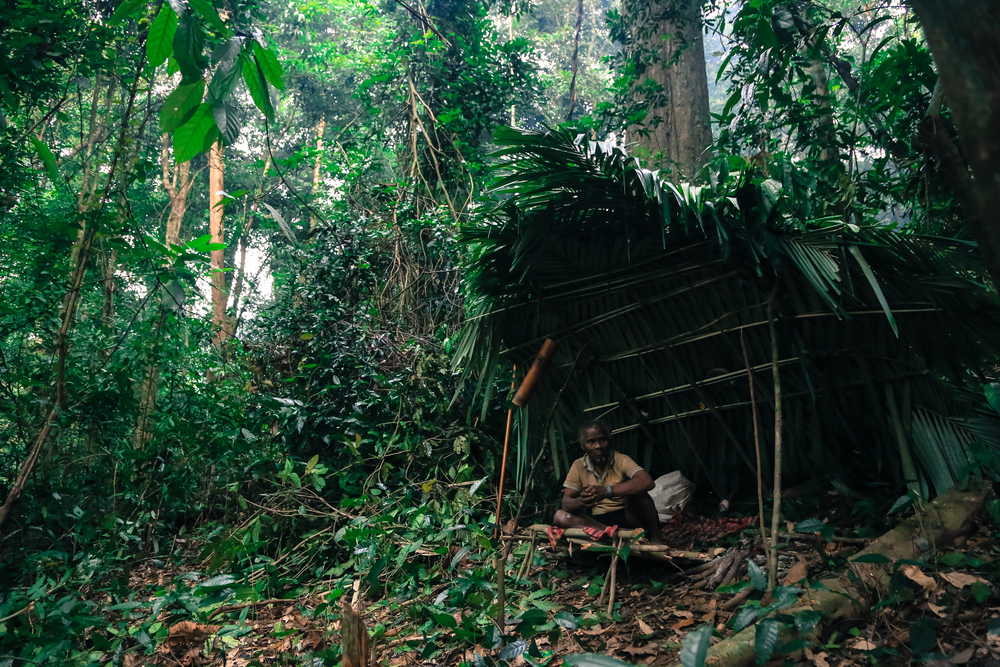 Suphapong Eiamvorasombat, Shutterstock
Suphapong Eiamvorasombat, Shutterstock
What do they eat?
The Mani are hunter-gatherers, relying on hunting, fishing, gathering and foraging for everything they consume. They eat a wide variety of animals, fruits, and vegetables.
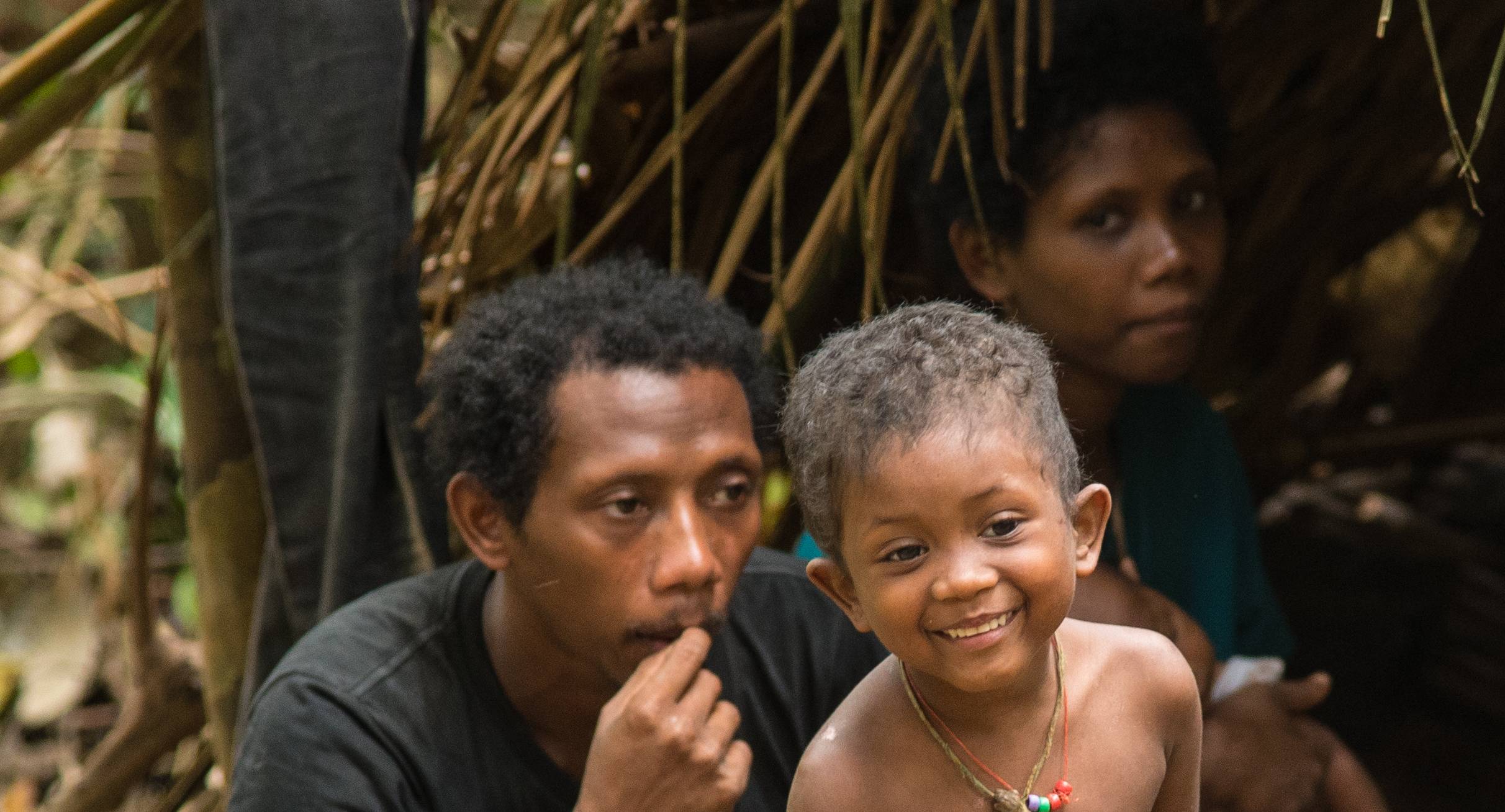 Suwannee Ngoenklan, Shutterstock
Suwannee Ngoenklan, Shutterstock
How do they hunt?
Each hunter is equipped with a balaw, a blowpipe made from canes, and an internally chambered quiver for safely holding the poisoned palm wood darts.
The points of the darts are weakened so they break off easily in their prey.
 Suwannee Ngoenklan, Shutterstock
Suwannee Ngoenklan, Shutterstock
What animals do they hunt?
Monkeys and apes are the main game animals hunted with blowpipes. Ground dwelling animals (forest rats, bamboo rats, badgers) are hunted by being dug from their burrows.
What do they fish for?
The Mani fish many freshwater species, such as shrimp, frogs, snails and small fish.
What is their main source of food?
The Mani’s main source of carbohydrates comes from wild yams. When the yams are all used up in one area, they move to another area where the yams have been reported by hunters.
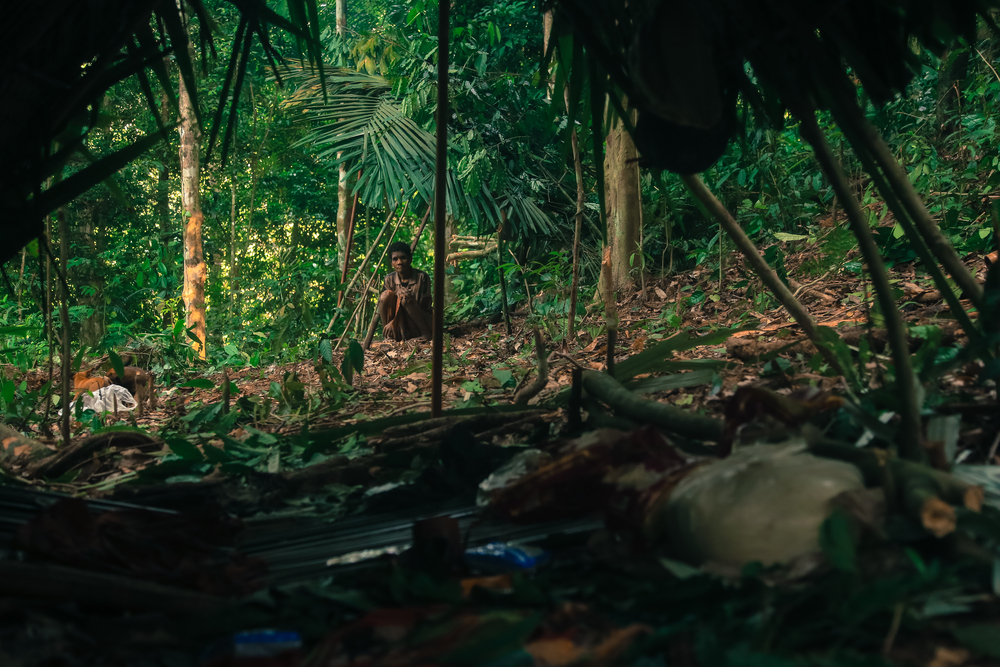 Suphapong Eiamvorasombat, Shutterstock
Suphapong Eiamvorasombat, Shutterstock
How do they choose a new location?
Their next village set-up is determined very carefully. Hunters will report where yams are in abundance and then the headman will find a spot close by that is safe from falling trees, near a water source, has sufficient building materials, and provides other sources of vegetation.
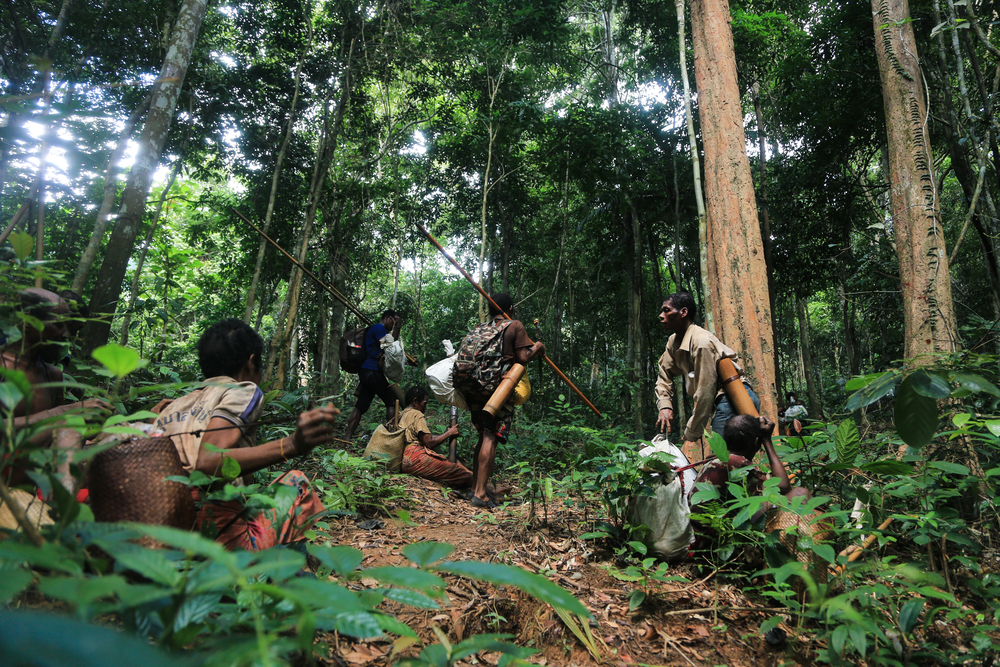 Suphapong Eiamvorasombat, Shutterstock
Suphapong Eiamvorasombat, Shutterstock
How often do they move?
The Mani people typically move around five or six times each year. This takes into account the seasonal changes and the change in the size of their groups.
Why do they stay isolated?
The Mani choose to stay isolated in the forest because of the persistent discrimination they face from lowland Thai, who scornfully refer to them as “savages” even within their hearing.
The Mani have communicated a specific kind of fear.
What do they fear?
The Mani fear that if they were to join modern society they would be captured and “end up cut up and their internal organs traded.”
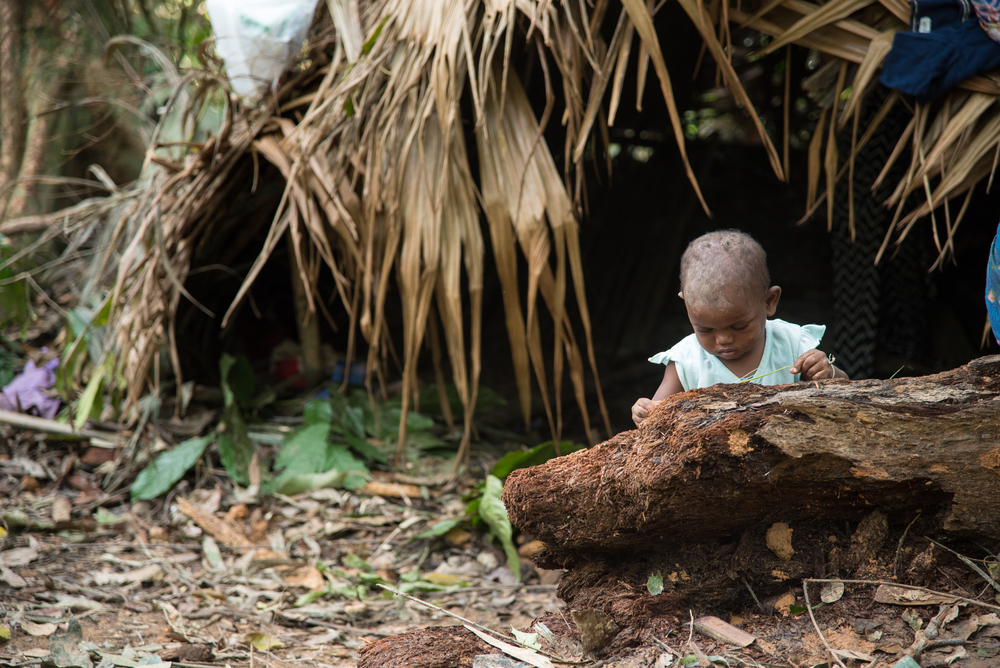 Suwannee Ngoenklan, Shutterstock
Suwannee Ngoenklan, Shutterstock
Are they safe in the forest?
For the most part, yes. But they’re losing their land, and their source of income. Much of the Mani’s territory is being cleared by lowland Thai farmers.
As well, a demand for their traditional forest products has declined in recent years, and they are unable to sustain much from trade.
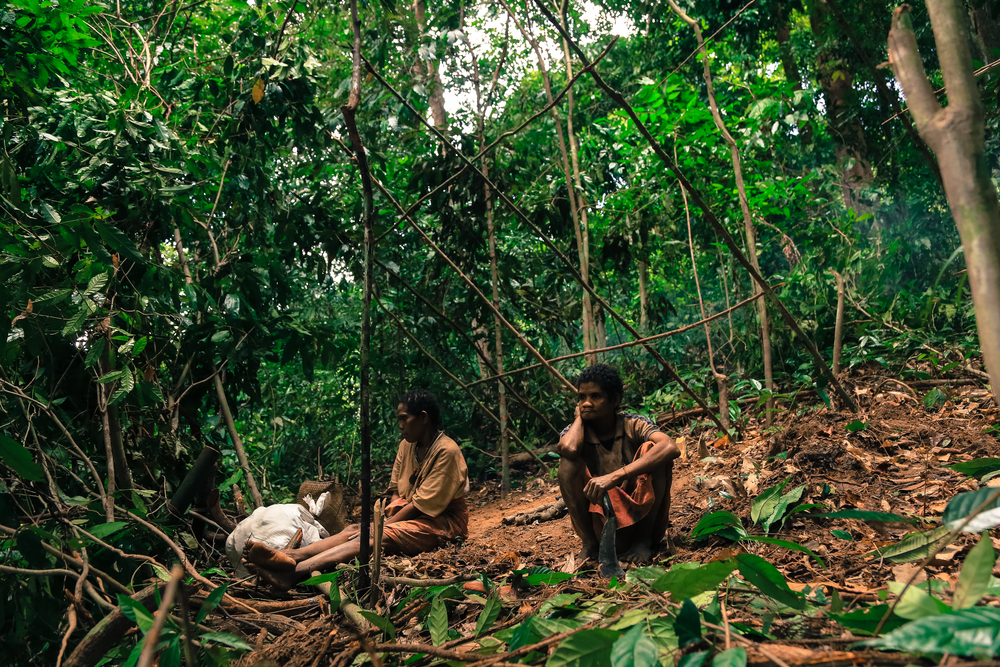 Suphapong Eiamvorasombat, Shutterstock
Suphapong Eiamvorasombat, Shutterstock
What will likely happen?
Researchers believe the Mani people are on the verge of extinction. However, they have resorted to changes in their lifestyle that may help them maintain their traditional way of life without giving up too much.
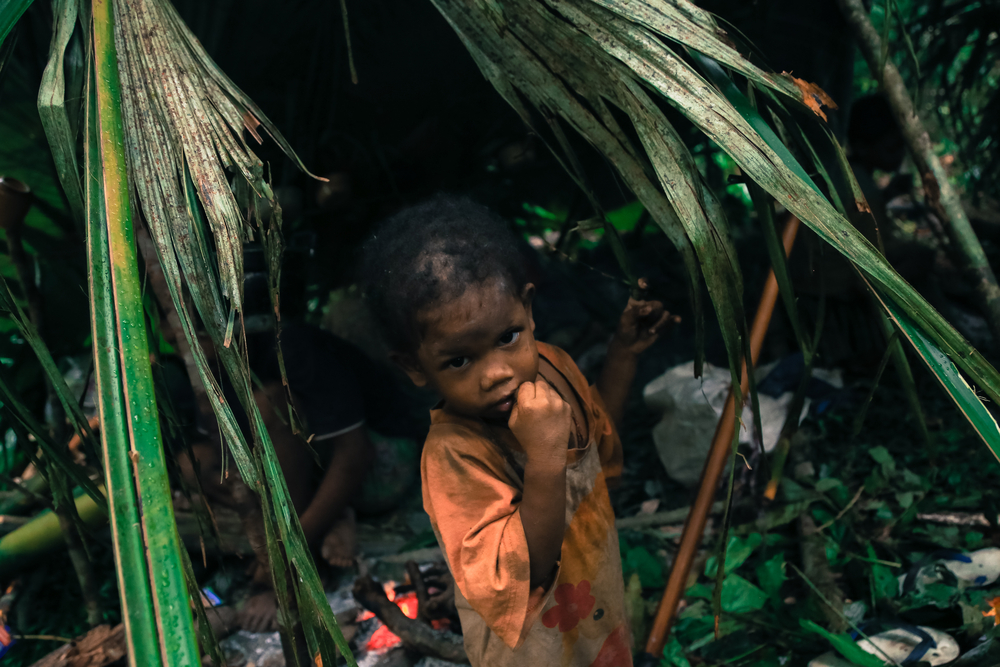 Suphapong Eiamvorasombat, Shutterstock
Suphapong Eiamvorasombat, Shutterstock
How can they avoid encroachment?
Traditionally, the Mani people would move to follow their food sources. But a small group of them have started farming their own crops and avoiding having to move where lowland Thai farmers are present.
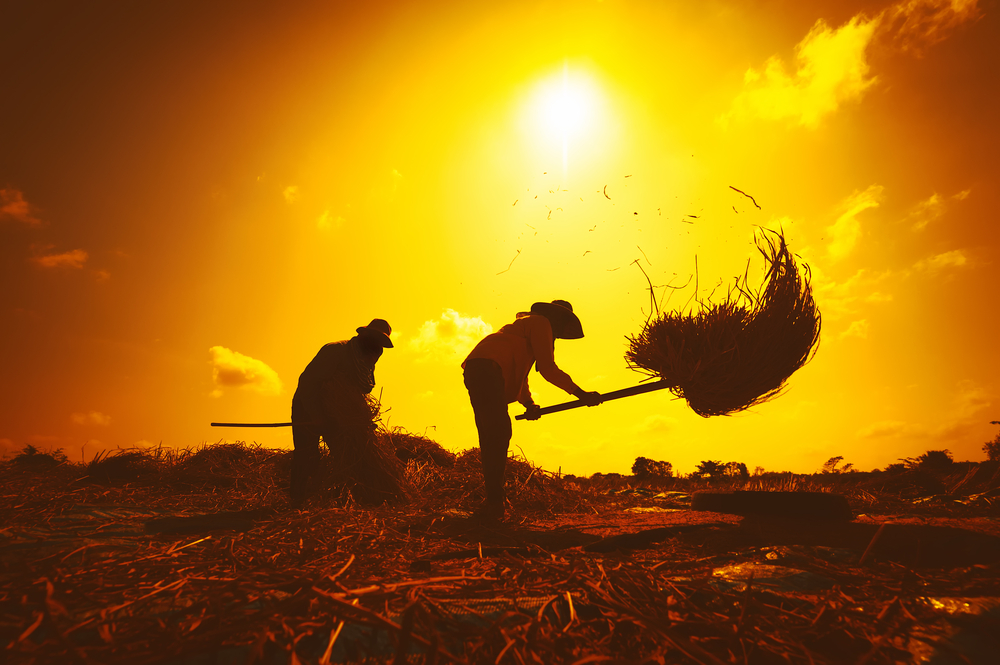 Banana Republic images, Shutterstock
Banana Republic images, Shutterstock
Is this ideal?
This essentially transitions to permanent dwellings and a more modernized approach to living in general. So, many Mani have not yet adapted this method in fear of joining society.
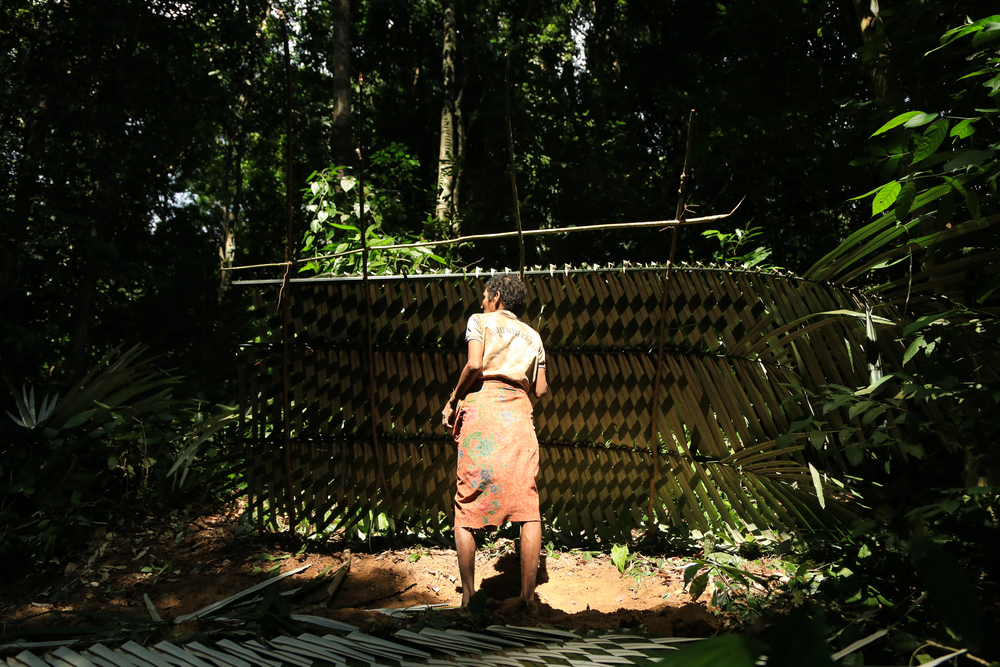 Suphapong Eiamvorasombat, Shutterstock
Suphapong Eiamvorasombat, Shutterstock
How else can they survive?
Another survival tactic has been for some of the Mani people to take up work with the farmers, laboring in the rubber fields.
A few have also turned to tourism.
 Tropenmuseum, CC BY-SA 3.0 , Wikimedia Commons
Tropenmuseum, CC BY-SA 3.0 , Wikimedia Commons
How are the Mani affected by tourism?
The Mani have been exploited for years for their “exotic” appearance. So, when they get desperate, they reluctantly work with tourist resorts by allowing their photographs to be taken in exchange for goods or cash.
But that’s not the worst of it.
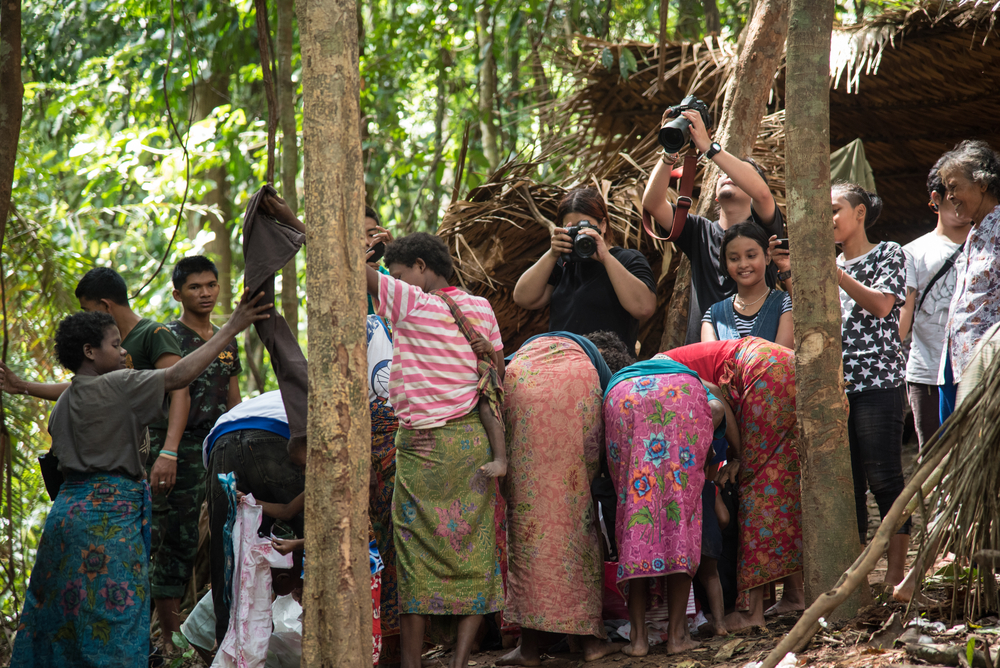 Suwannee Ngoenklan, Shutterstock
Suwannee Ngoenklan, Shutterstock
What is Kwan Mae Dam?
Kwan Mae Dam is a small Mani group that has established a camp on the edge of the forest at the end of a tourist elephant trail.
The tourists ride the elephants through the forest to watch and observe how the Mani go about their daily lives.
What do the Mani have to do?
The Mani are required to demonstrate their skills with blowpipes and digging sticks when they come across tourists. Basically, they have to perform when they see a tourist.
What do the Mani get in exchange?
In exchange for their exploitation, they get modest cash payments which they are able to buy food with, since their hunting and farming grounds are being taken over.
 Suphapong Eiamvorasombat, Shutterstock
Suphapong Eiamvorasombat, Shutterstock
How do they feel about tourism?
The Mani groups who partake in tourism say they are used to it now and that most tourists are friendly and considerate. However, they say locals are the opposite—mean and disrespectful and “look down on them.”
Are they paid fairly?
The Mani are unsure of what is “fair.” They say they take what they are given and do not demand or ask for a set amount. However, they sometimes are given a bag of rice in place of cash, which is frustrating for them.
They have since started refusing work for people who do not treat them well.
 Suphapong Eiamvorasombat, Shutterstock
Suphapong Eiamvorasombat, Shutterstock
What have they lost from tourism?
Aside from their dignity and traditional lifestyles, they also lost a very important settlement area to tourism—a cave under a cliff beside a waterfall that had been lived in by Mani consecutively for thousands of years.
What happened?
The locals discovered the beautiful site and scared the Mani away by firing rounds into the air and watching as they scattered. The site is now a tourist attraction.
The Mani remain understandably bitter about that loss.
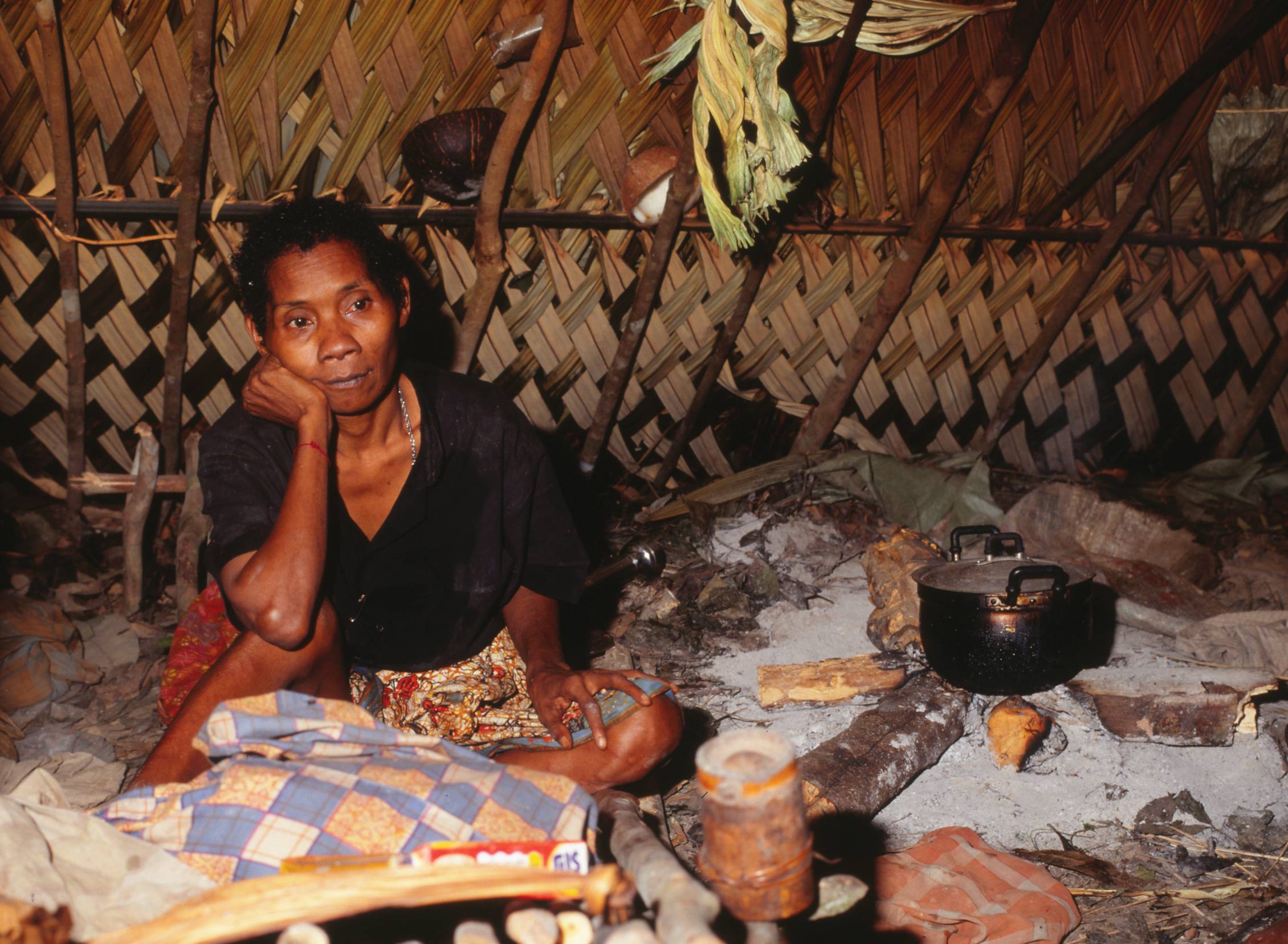 Gary Watkins-Sully, Shutterstock
Gary Watkins-Sully, Shutterstock
Are there any Mani left in the forest?
Yes. Even today, there are a number of Mani groups living deep in the forest avoiding all contact. They use “secret” trails that lead them to other Mani groups where they acquire items through trade without having to actually trade with the locals themselves.
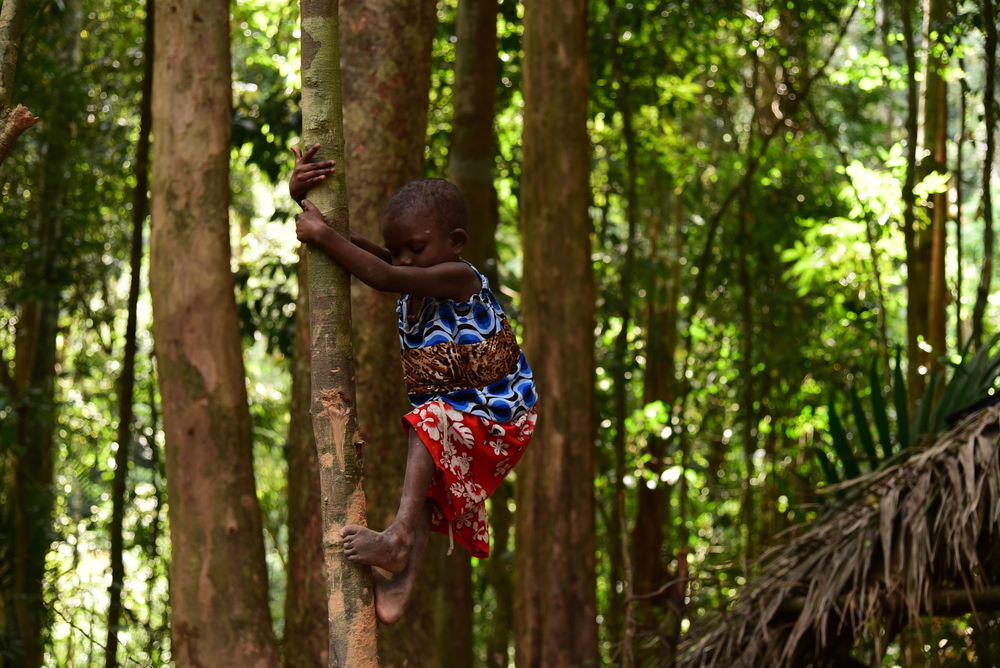 Suwannee Ngoenklan, Shutterstock
Suwannee Ngoenklan, Shutterstock
How do they feel about the forest being taken over?
An interview with a Mani spokesperson revealed that the Mani are not possessive of the forest, “We don’t claim the land and we don’t say this is my forest. We just want the forest to be kept, so we can go on living as we do.”
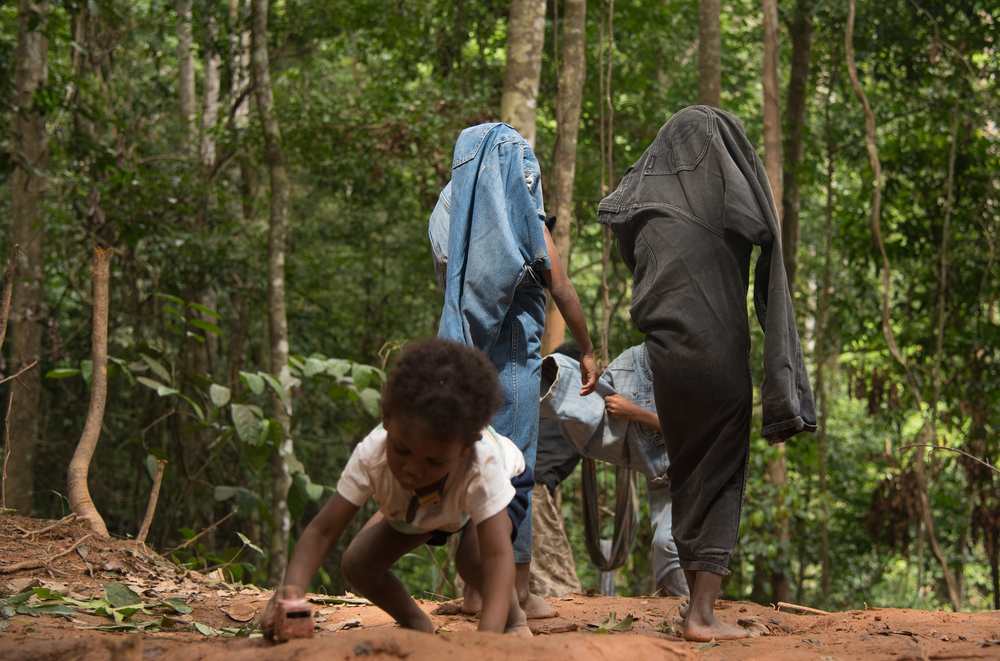 Suwannee Ngoenklan, Shutterstock
Suwannee Ngoenklan, Shutterstock
Do they want to join society?
No. Even after knowing what is on the outside, the Mani do not wish to join. The Mani spokesperson said, “As for the outsiders’ world, no matter how developed and however much money they have, we don’t want that.”
What does the future look like for the Mani people?
The Mani have lived peacefully isolated in the forest for thousands of years, even as the world built up around them. If they had it their way, they would continue this lifestyle forever.
 Suphapong Eiamvorasombat, Shutterstock
Suphapong Eiamvorasombat, Shutterstock
What will happen to them?
But society is greedy, and it is believed that within the next 20 years there will be minimal forest left and the Mani people will be forced to colonize, abandoning their traditional way of life, and losing their blood lines, essentially becoming extinct.
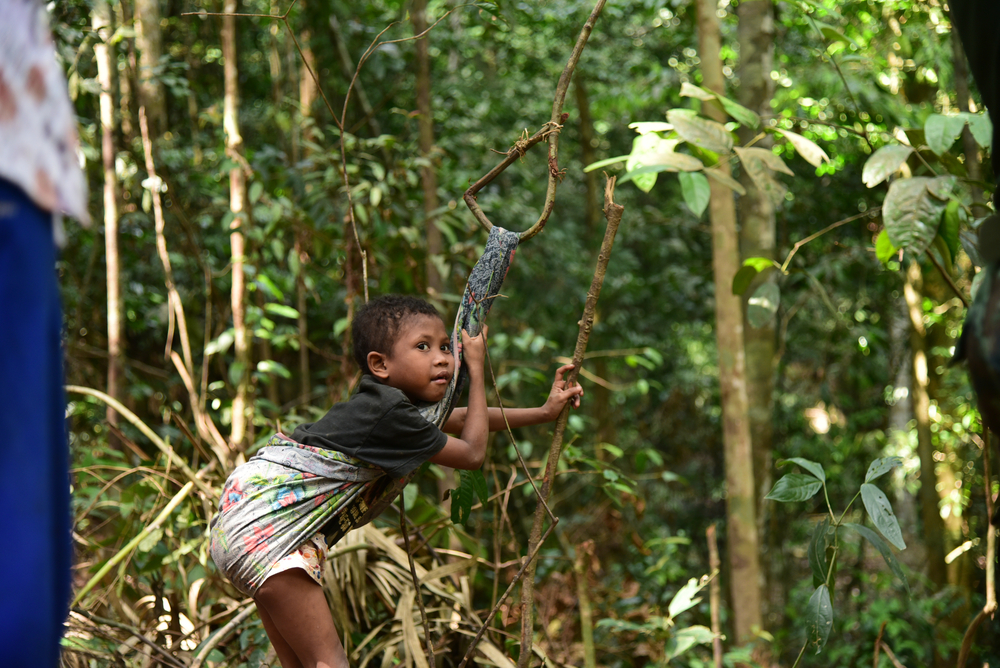 Suwannee Ngoenklan, Shutterstock
Suwannee Ngoenklan, Shutterstock

